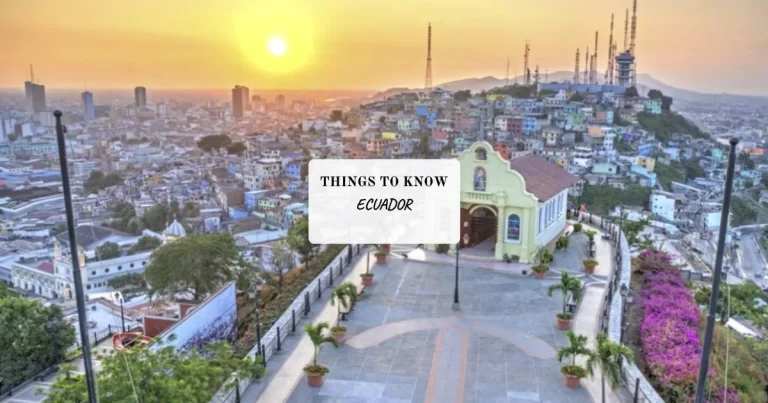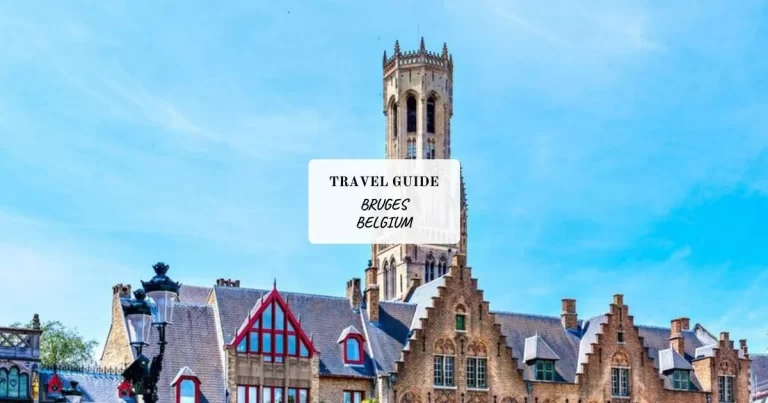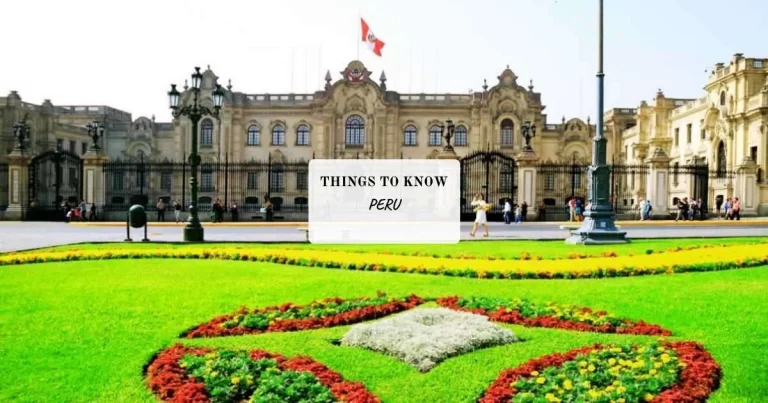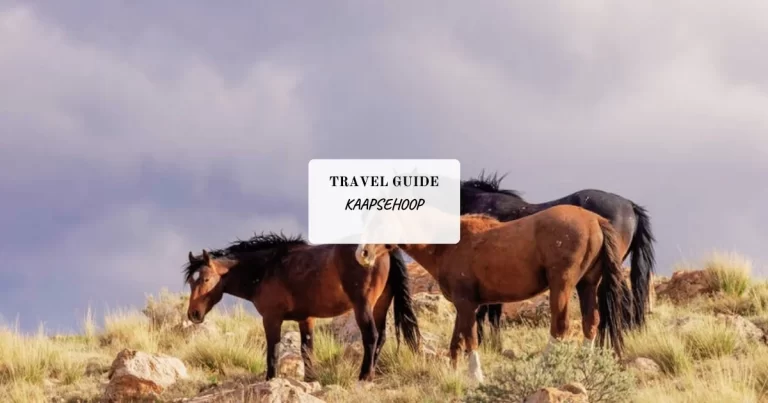Banking and ATMs in Quito: A Traveler’s Essential Guide
Access to banking and ATMs is crucial when traveling in Quito, Ecuador. Ensuring you have reliable options for cash withdrawals and banking services, such as using your debit card, can significantly enhance your travel experience. The banking system in Quito is well-developed, with the U.S. dollar being the official currency, simplifying transactions for American travelers.

In this guide, we will cover:
- Understanding the Banking System in Quito: An overview of major banks, their pros and cons, and features to consider such as English-speaking staff and international services.
- Using ATMs in Quito: Types of withdrawals, associated fees, and safety tips for using ATMs.
- Preparing for Your Cash Needs: The importance of carrying cash before arrival and suggested denominations to bring.
For more travel tips to enhance your experience, consider exploring our Top 10 Essential Travel Tips for First-Time Travelers and our guide on Travel Essentials for First-Time Travelers, which covers must-have items for a stress-free trip.
Understanding the Banking System in Quito
1. Major Banks in Quito
Navigating the banking system in Quito is crucial for a smooth travel experience. The city hosts several major banks that cater to both locals and international travelers. Here are some of the prominent banks you will encounter:
Banco Pichincha
Pros:
- Widespread Availability: Banco Pichincha has an extensive network of branches and ATMs throughout Quito, making it convenient for travelers to get cash.
- English-Speaking Staff: Some branches offer services in English, which is beneficial if you are not fluent in Spanish, especially in regions like Quito and Guayaquil.
- International Services: Offers services such as wire transfers, foreign currency exchange, and international credit card support.
Cons:
- Transaction Fees: International withdrawals can come with higher fees compared to local transactions.
- Busy Branches: Due to its popularity, branches can be crowded, leading to longer wait times.
Banco de Guayaquil
Pros:
- Customer Service: Known for efficient and friendly customer service.
- Financial Products: Offers a range of financial products tailored for travelers, including prepaid travel cards.
- Accessibility: A robust ATM network across Quito, facilitating easy access to cash.
Cons:
- Limited English-Speaking Staff: Not all branches have staff proficient in English.
- Fee Structure: Similar to Banco Pichincha, international transaction fees can be on the higher side.
Produbanco
Pros:
- Modern Services: Provides advanced banking services including online banking and mobile apps that support multiple languages.
- Security Features: Offers enhanced security features for international transactions.
Cons:
- Branch Locations: Fewer branches compared to Banco Pichincha and Banco de Guayaquil.
- Service Charges: Be aware of the per transaction fees that may apply.
Exploring these options helps you make informed decisions based on your specific needs. For more insights on Ecuador’s vibrant landscape and cultural experiences, visit our Ecuador section or delve deeper into the wonders of Ecuador and the Galapagos Islands.

2. Bank Features to Consider as a Traveler
When choosing a bank in Quito, consider the following features:
Availability of English-Speaking Staff
Many travelers find it challenging to navigate banking services without speaking the local language. Some banks like Banco Pichincha provide English-speaking staff at select branches. This can significantly enhance your banking experience by ensuring clear communication.
International Services Offered
Look for banks offering comprehensive international services:
- Wire Transfers: Essential for transferring money from abroad or sending funds back home.
- Currency Exchange: Useful for converting your home currency to U.S. dollars if needed.
- Credit Card Support: Ensuring your international credit cards, like Visa, are accepted without issues can help avoid any withdrawal limit problems.
Selecting a bank that meets these criteria ensures a hassle-free experience while managing your finances in Quito. For additional safety tips while traveling, check out our essential safety guide.
By understanding the key aspects of the banking system in Quito and considering these features, such as the availability of USD, you equip yourself with the knowledge necessary for a seamless financial experience during your trip.
Bank Features to Consider as a Traveler
When choosing a bank in Quito, several features can significantly impact your experience as a traveler.
1. Availability of English-Speaking Staff
- Banco Pichincha: Known for having some branches with English-speaking staff, making transactions smoother for non-Spanish speakers.
- Banco de Guayaquil: Limited availability of English-speaking staff, which may require more patience and preparation.
2. International Services Offered by Banks
- Wire Transfers: Essential for those needing to send or receive money internationally. Both Banco Pichincha and Banco de Guayaquil offer wire transfer services, though fees and processing times can vary.
- Currency Exchange: With U.S. dollars being the official currency in Ecuador, exchanging other currencies is straightforward. Most major banks provide this service, but it’s advisable to check the rates and possible fees beforehand.
Exploring these features helps ensure a seamless banking experience during your stay in Quito. For additional safety tips while navigating the city, consider checking out Is Ecuador Safe? Travel Tips for a Secure Journey, which offers valuable advice on avoiding crime, understanding travel advisories, and staying vigilant in urban areas and public transport.
3. Using ATMs in Quito: What You Need to Know
Understanding ATM Withdrawals and Fees in Quito
When managing your finances in Quito, it’s important to know about the different types of ATM withdrawals and the fees that come with them.
1. Types of Withdrawals
- Cash Withdrawal: This is the most common type of transaction where you can withdraw cash from your bank account.
- Balance Inquiry: You can check your account balance without making any withdrawals.
- Deposit: Some ATMs allow you to deposit cash or checks directly into your account, which can be useful for managing your money in Ecuador.
2. Fees Associated with ATM Withdrawals
- Domestic Banks: If you use an ATM affiliated with local banks like Banco Pichincha or Banco de Guayaquil, expect transaction fees ranging from $1 to $3 per withdrawal.
- International Banks: For those using cards from international banks, additional fees might be applicable. International transaction fees can vary based on your home bank’s policy, so it’s wise to check with them before your trip for a clear understanding of possible ATM fees.
Choosing the Right ATM
There are two main types of ATMs you can find in Quito:
1. Bank Branch ATMs
These ATMs are located within bank premises and offer added security. They are less likely to have skimming devices and usually operate during bank hours.
2. Standalone ATMs
You can find these machines at convenience stores, shopping malls, and popular tourist spots. While they provide more flexibility for quick cash access, they come with higher risks such as tampering and skimming.
Safety Tips for Using ATMs in Quito Safely
When using ATMs in Quito, it’s important to prioritize safety. Here are some tips to help you use ATMs safely:
1. Use ATMs Inside Bank Branches
ATMs inside bank branches are generally safer because they have better security measures in place, such as surveillance cameras and security personnel. Whenever possible, choose these locations for making withdrawals, especially if you’re in an unfamiliar area.
2. Be Cautious with Street ATMs
Street ATMs may be convenient, but they come with a higher risk of theft and skimming devices. If you need to use a street ATM, follow these guidelines:
- Choose ATMs located in well-lit and busy areas.
- Avoid withdrawing large amounts of cash.
- Stay aware of your surroundings and be cautious of people hanging around nearby.
3. Know the High-Density ATM Locations
Some areas in Quito have a higher concentration of ATMs, such as the airport and popular tourist spots like the historical centre. While these locations may be convenient, they can also attract potential scammers. Stay vigilant when using ATMs in these areas.
4. Plan Your ATM Visits Wisely
It’s a good idea to plan your ATM visits during daylight hours and avoid using isolated machines at night. This will reduce the chances of encountering any unsafe situations.
By following these safety tips, you can have a smoother and more secure experience when using ATMs in Quito.
Preparing for Your Cash Needs Before Traveling to Quito
When planning your trip to Quito, it is crucial to consider your cash needs. While many places accept credit cards, having cash on hand is essential for smaller vendors, local markets, and transportation.
Importance of Carrying Cash Before Arrival
Ecuador uses the U.S. dollar as its official currency, simplifying currency exchange for travelers from the United States. However, not all international travelers will have easy access to U.S. dollars upon arrival. Bringing cash with you can save time and avoid potential inconveniences.
Suggested Denominations to Bring
Bringing a mix of denominations ensures flexibility in various situations:
- $1 and $5 notes: These are particularly useful for small purchases such as snacks, souvenirs, or bus fares.
- $10 and $20 notes: Handy for mid-sized expenses like meals at local restaurants or taxi rides, especially when using small bills.
Avoid carrying large bills ($50 or $100) as they can be difficult to break in smaller establishments. Ensuring you have a variety of denominations will help you navigate Quito’s bustling markets and everyday transactions smoothly.
Conclusion
In Ecuador, retrieving money can be done through various means. Banks in Ecuador such as Banco del Pacífico and other many banks offer ATMs for withdrawing money. Ecuadorian ATMs generally accept foreign cards like Mastercard, Cirrus, and Diners Club. However, be aware of daily withdrawal limits, which is around $500 per transaction, and potential high fees. Credit card payments are widely accepted in larger cities, but you may need cash in smaller towns or remote areas. Western Union offers alternatives for exchanging currency. When using ATMs, be cautious of skimming devices and always check the cash register for larger bills. Popular areas for ATMs include Quicentro Shopping in Quito and Mall de Jardin. Exchange rates and business hours might vary, so plan accordingly. Remember that US dollars are common in Ecuador, but having local currency is useful for taxi drivers and smaller transactions.

